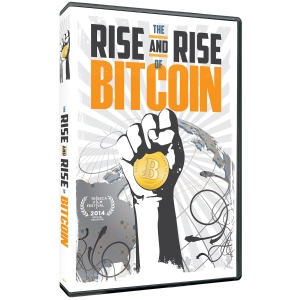Some of the links in this post are from our sponsors. We provide you with accurate, reliable information. Read our Advertising Disclosure.

Article Overview: This guide takes a look at Ripple (XRP) Vs Stellar (XLM), assessing which is better as being a viable payment system of the future.
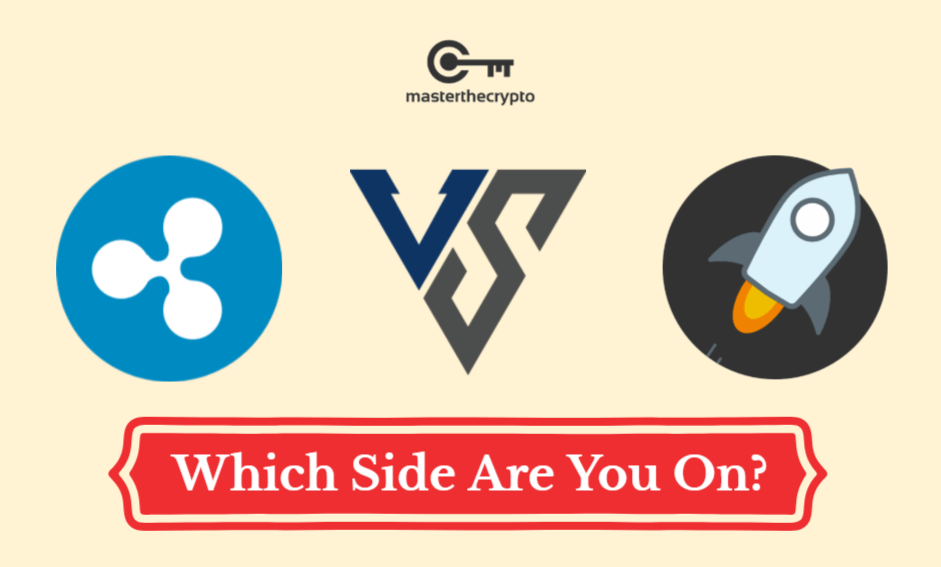
The vibrant cryptocurrency landscape is filled with numerous coins and tokens that aims to solve a particular problem. Granted, competition is stiff for coins within the same industry, and none more so than the ongoing battle between Ripple (XRP) and Stellar (XLM). Both of these projects provide real-time payment settlement platforms, focusing on empowering the global unbanked population and bringing financial freedom to struggling economies. More importantly, both coins have had a tremendous amount of initial success and a strong community to back each of them up.
As the battle rages on, we take a look at both cryptocurrencies and evaluate the features of each token and their current progress. Can there only be one winner? Or can both currencies thrive in the dynamic cryptocurrency world?
(See more: Category of Cryptocurrency Market: Pure Cryptocurrency)
Learn How to Make Over 100% Returns Investing in Crypto
Ripple – A Triumphant Payment Platform

Ripple is often a widely-discussed project that’s on the tip of everyone’s tongues, drawing in cryptocurrency enthusiasts and financial experts alike. It is estimated that XRP is the second largest coin in the cryptocurrency space, measured by market capitalization.
That is an impressive accolade, especially when they’re up against more established coins such as Bitcoin (BTC) and Ethereum (ETH).
Originally a simple payment system called Ripplepay, the project has grown exponentially to become the payment platform it is today. Ripple has secured an impressive partnership with over 160+ financial institutions and finance-related entities globally, including heavyweights such as Barclays, Royal Bank of Canada (RBC) and Bank of America (BOA).
With American Express, Standard Chartered and UBS already partnering with Ripple, the real-world value of the platform has seen the XRP token being widely accepted far beyond the cryptocurrency sphere. Other financial institutions like Western Union are trialing the Ripple Protocol, with many others following suit.
There is still tremendous room for Ripple to further expand into our financial systems. Fundamentally, Ripple edges out among other cryptocurrencies in terms of being a strong payment transfer:
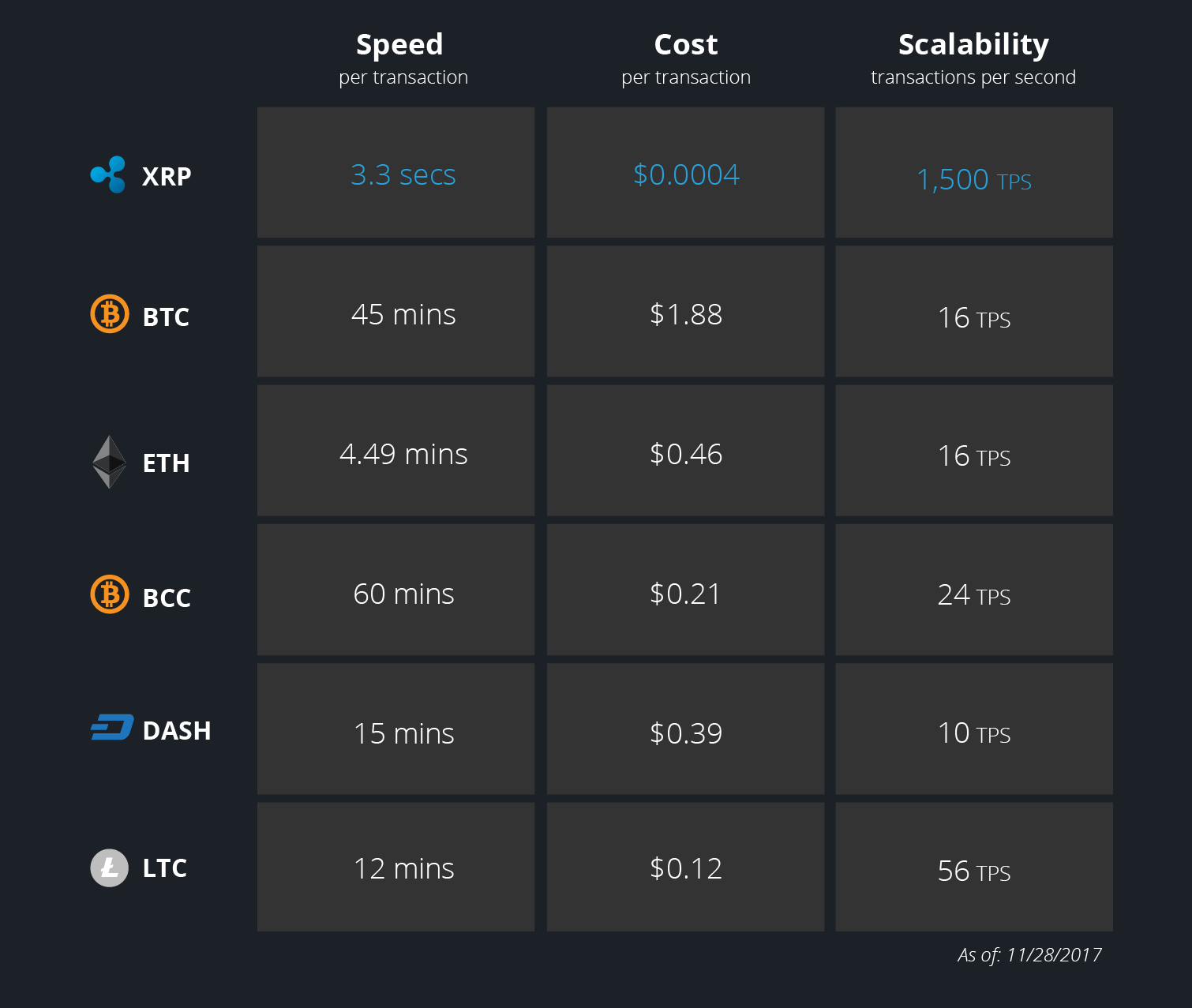
Compared with other digital currencies, Ripple seems to outperform in key areas of transaction speed, cost-effectiveness and the capabilities to scale. It must be noted that the centralized nature of Ripple allows its blockchain to excel in speed and scalability.
Given the extensive partnerships forged with traditional institutions, XRP has received massive media and press coverage that further aids their traction and brand. Many are convinced that Ripple will be one of the first few protocols that will achieve mainstream adoption and usage, given its presence in the traditional financial industry.
(Read also: Breaking: 88% of Crypto Exchanges are Manipulating Trading Volume to ‘Boost’ Rankings)
What The Future Holds for Ripple
It is likely that Ripple will continue to expand their reach globally, potentially spearheading cryptocurrency adoption by bridging the novel features of blockchain technology with traditional financial systems. Although Ripple is seen as a promising project, not all is smooth sailing. There are polarizing factions within the general cryptocurrency community as to the status of Ripple.
Many are against the project due to the centralized nature of Ripple (XRP). XRP tokens are issued by Ripple Labs, a for-profit organization where the founders own a staggering 60% of the entire token supply, given that they were all pre-mined. This results in a greater grasp of control by the founders.Enter your text here...
The ownership structure of XRP tokens, as well as the private nature of their codes, reflects negatively in the eyes of the community, which favours an open-source, decentralized approach that is aligned to the true philosophy of cryptocurrencies.
Here is an important article that touches on the types of centralization in the cryptocurrency market.
Challenges aside, the future looks bright for Ripple, given their pace of development and brand-building. What is particularly important is the work they are doing in regards to third-world countries; Ripple has the objective of empowering local communities and creating opportunities for financial inclusion.
This championing of lower economies is something truly commendable and removes various barriers to entry that many third-world financial institutions had with their payment systems.
Stellar Lumens – A Silent Assassin?

On the other end of the cryptocurrency spectrum sits Stellar. Like Ripple, they are working tirelessly to help bring financial solutions to the developing world. A unique feature of Stellar is that they have created a non-profit, charitable foundation arm called Stellar Development Foundation, which aims to promote global access, financial inclusion, and literacy through facilitating cross-border, peer-to-peer (P2P) payments instantaneously.
The foundation was created in collaboration with Stripe’s CEO, Patrick Collison, back in 2014.
Unlike Ripple, Stellar’s protocol is open-sourced and boasts smart contracts functionality, allowing anyone to create decentralized applications (dApps) for a wide variety of use-cases. Here’s a summary of Stellar’s features:
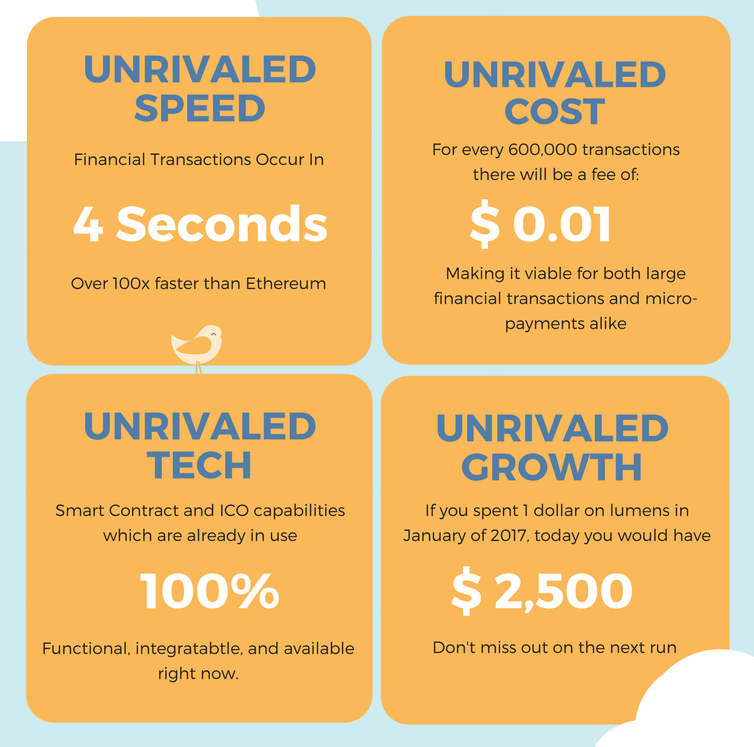
Stellar hasn’t had the same degree of press coverage as compared to Ripple, operating for the most part beneath the crypto radar. Some cryptocurrency traders and investors are even unfamiliar with Stellar and its Lumen tokens.
However, the lack of media exposure and attention has done little to hinder the XLM’s prospects, with large corporations are already partnering with Stellar. The likes of IBM are working in tandem with the Stellar Foundation to bring more financial ease when transacting global across borders, an aspect that is having a really positive effect on the African continent and in the Far East.
(See also: 4 Types of Coins to Diversify Your Crypto Portfolio & Manage Risks)
Stellar is Here to Stay
It might not come as a surprise, that given the similarity in vision, both Ripple and Stellar share a common founder in Jed McCaleb. After co-founding Ripple he also worked on co-founding the Stellar project.
The Stellar platform itself is a very innovative system that updates every 3 seconds and transactions are processed accordingly. Using blockchain technology as a ledger, the system draws many servers together to confirm transactions and thereafter, recording them to the ledger.
Stellar's novel consensus mechanism is known as Stellar Consensus Protocol (SCP)
In comparison to XRP, XLM is still relatively in its infancy stage. It’s native token – XLM - has yet to gain as much traction as XRP and is currently ranked 5th in terms of market capitalization (compared to Ripple’s 2nd spot). With that in mind, Stellar has a big task of getting users on board with the project and will experience very different market challenges as compared to Ripple.
Given the high-profile partnerships it has already attracted, gaining traction in the market shouldn’t be too difficult. Provided that the Stellar Foundation continues to explore collaborations and forge partnerships with other large corporations, it will likely see its real-world potential enhance its intrinsic value in the future.
(Read more: 4 Reasons Why Now is the Best Time for You to Invest in Cryptocurrencies)
So, Who Wins the Battle?
Currently, it is far too early for a project to clearly stand out in comparison to another. Both Ripple and Stellar are competing in the same market space and are both attracting the right kind of institutions to their platforms. Ripple has the added advantage of being more established than Stellar, given the greater degree of media exposure that it has achieved.
Stellar, on the other hand, provides a transparent and accessible alternative to the Ripple Protocol. A point to mention is that Stellar hasn’t received a great deal of scrutiny fundamentally as compared to the centralization issue of Ripple. It seems that Stellar is more keen towards taking the ‘low-key’ road of developing their protocol. This is of course, is a trait that is widely appreciated (and encouraged) in the cryptocurrency space.
In the end, it could come down to an all-out winner, or even more likely that both tokens continue to exist alongside one another and continue to work towards developing financial platforms the world over.
(You might also be interested in: Guide to Cryptocurrency Taxes: A Guide to Common Tax Situations)
This article was contributed by Mary Ann Callahan, a blockchain expert.
Beneficial Resources To Get You Started
If you're starting your journey into the complex world of cryptocurrencies, here's a list of useful resources and guides that will get you on your way:
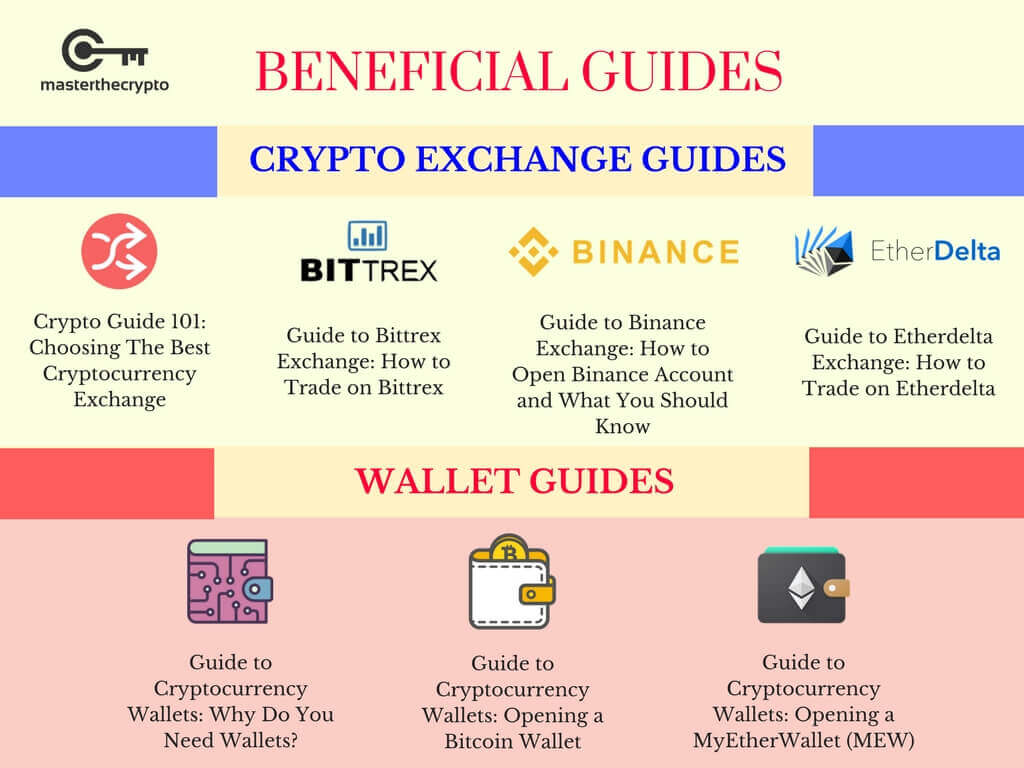

How to Invest in Crypto for HUGE PROFITS
Sign up below to get access to our FREE eBook "Complete Guide to Crypto Analysis"

I'm Aziz, a seasoned cryptocurrency trader who's really passionate about 2 things; #1) the awesome-revolutionary blockchain technology underlying crypto and #2) helping make bitcoin great ‘again'!
